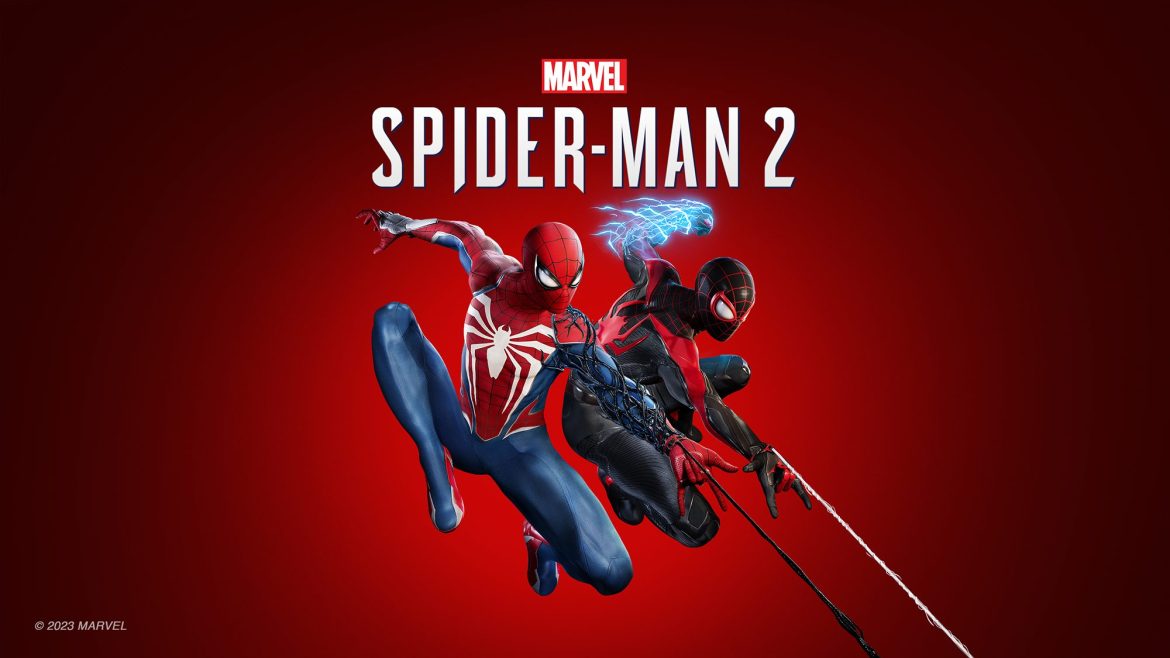TL;DR
Marvel's Spider-Man 2 is a phenomenal sequel, masterfully balancing thrilling gameplay with a compelling narrative. Insomniac Games delivers an expanded New York with enhanced mechanics, including new Spider-Man abilities and an impressive open world. The story expertly weaves together Peter Parker and Miles Morales' journeys while introducing menacing villains, offering a truly immersive experience that captures the heart of Spider-Man. Despite minor visual quirks, it's a must-play for any fan. Dive into the full review to see why this game swings for the fences!
In Marvel’s Spider-Man 2, we are reacquainted with Peter Parker (Yuri Lowenthal) and Miles Morales (Nadji Jeter). Both operate under the Spider-Man moniker, and New York is now under the protection of these two wall-crawling superheroes. Parker endeavors to maintain a balance between his superheroic duties and his relationship with Mary Jane Watson (Laura Bailey), while Morales strives to keep up with his academic pursuits. However, this proves challenging as New York faces persistent threats. The arrival of Kraven (Jim Pirri), the deranged big-game hunter and supervillain, triggers a cascade of events that will irrevocably alter the lives of both Parker and Morales.
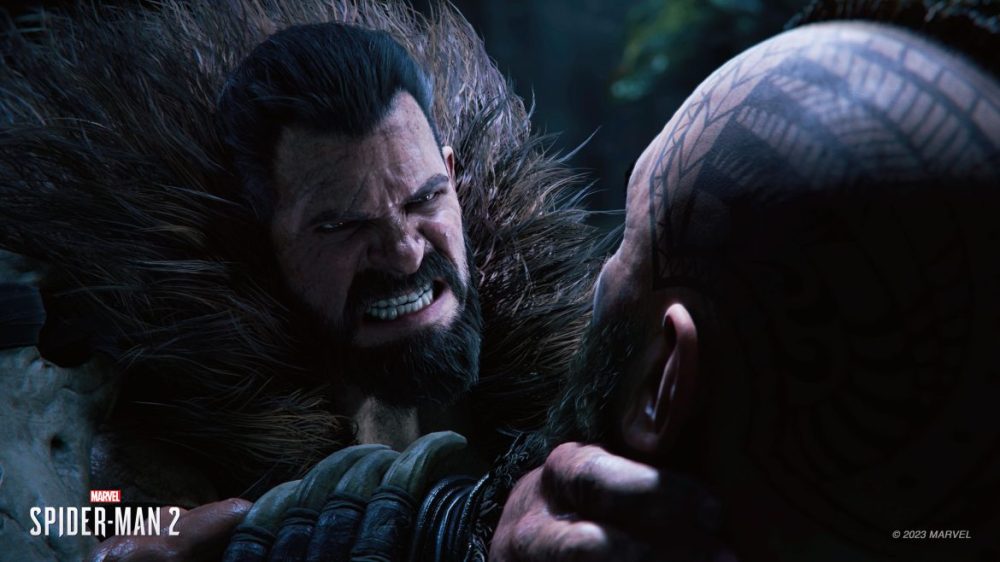
As previously mentioned, Spider-Man is a personal favorite superhero. His inherent humanity has always resonated, although this quality has, arguably, not always been fully captured in cinematic adaptations. While I appreciated Spider-Man: No Way Home, and the films starring Tom Holland are generally well-received, I also have a fondness for the original trilogy with Tobey Maguire, despite its imperfections. Certain aspects of The Amazing Spider-Man films also contain compelling sequences, but ultimately fall short of achieving their full potential.

Upon playing Marvel’s Spider-Man, released in 2018 and considered by some to be the best game of that year, I was immediately impressed. Insomniac Games successfully struck a balance between the fantastical and the relatable, crafting an exceptional gaming experience. Subsequently, Marvel’s Spider-Man: Miles Morales introduced the new Spider-Man and his unique abilities. While some may have anticipated a full sequel, it presented as an expansive DLC, offering new elements but largely adhering to the established formula. The narrative, as in the preceding game, was well-crafted and engaging.
Now, after a five-year wait, Marvel’s Spider-Man 2 has arrived. This review will be structured into two primary sections: game mechanics and story.
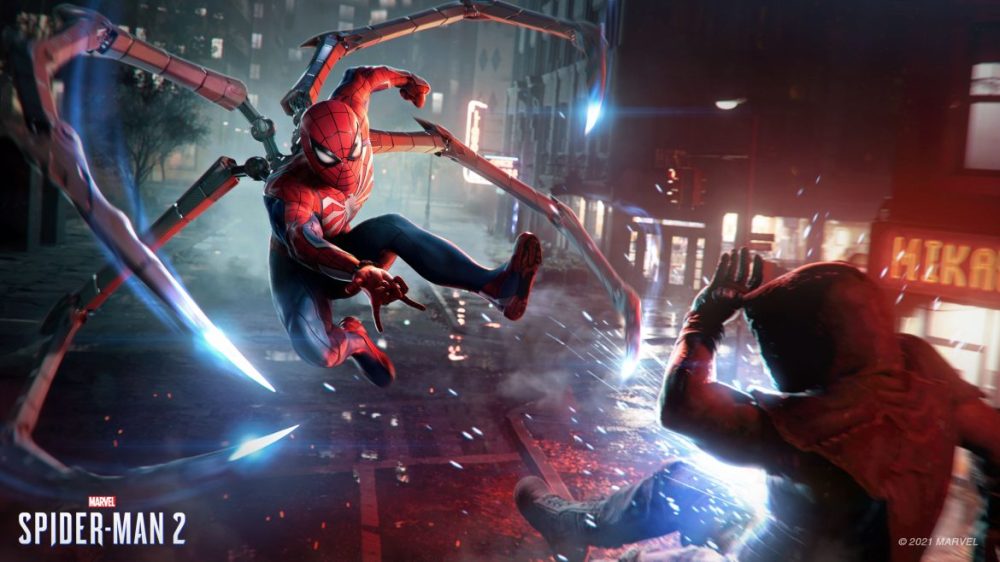
Game Mechanics:
Marvel’s Spider-Man 2 immediately showcases its capabilities during the tutorial sequence. Players are thrust into a battle with Sandman that possesses the scale and intensity of a final boss encounter. The game quickly introduces players to its mechanics and new features. These include the ability for Spider-Man to glide through the city, and Peter Parker’s Spider-Man has an array of new powers, including his four robotic legs which are now a standard ability rather than an optional upgrade as in the first game.
The graphics exhibit impressive detail, and the explorable area is three times larger than that of the first game, which was designed for the previous generation’s PlayStation 4. The game allows players to swing across bridges and explore the boroughs of Queens and Brooklyn. No graphical glitches or frame rate drops were observed. Under clear weather conditions, the draw distance is extensive, and players can swing freely to any visible point. This contributes to a compelling sense of freedom, so much so that the fast travel function was not utilized during the 20+ hours spent playing the game for this review. Furthermore, the game features dynamic weather conditions and varied times of day, rather than limiting them to specific missions as in its predecessor.
Marvel’s Spider-Man 2 extends beyond simple combat, offering a diverse range of side missions. These exhibit greater variety than those found in the previous installments. Players are unlikely to experience repetition or tedium.
The game world feels incredibly alive, and simply traversing the streets is an enjoyable experience. Non-player characters (NPCs) react to Spider-Man in diverse ways, and interactions are possible. Even the interiors of skyscrapers feature simulated activity, creating the illusion of a living, breathing city.
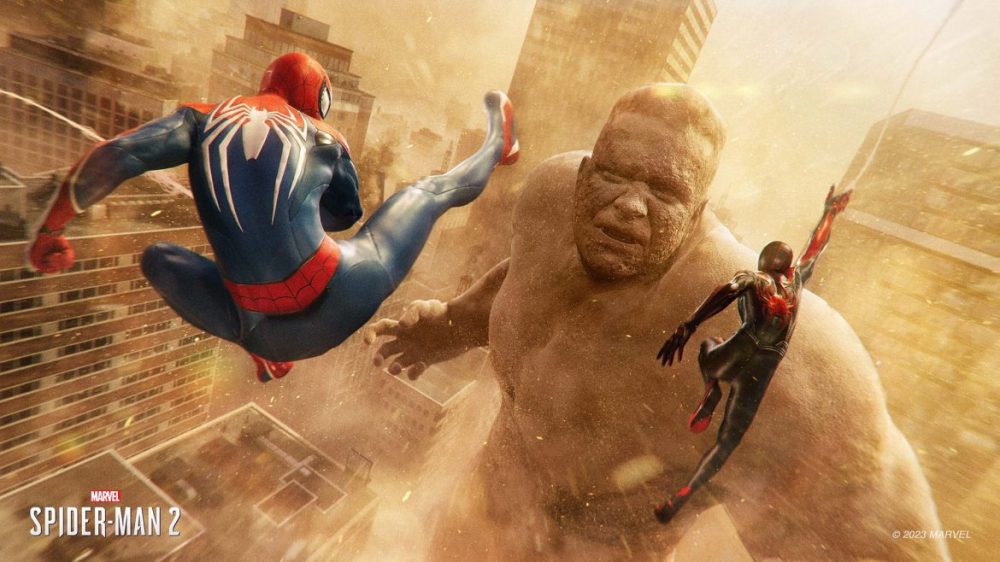
As previously stated, Marvel’s Spider-Man 2 features two playable Spider-Men, selectable at will while traversing the open world. The game automatically switches control to the appropriate character for specific missions. Numerous collectibles are available, unlocking new suits and abilities. While unlocking everything is a time-consuming process, it encourages players to master the various combat combinations. Furthermore, the ability selection process has been streamlined, utilizing the bumper buttons in conjunction with the function buttons, eliminating the need to navigate radial menus.
Combat encounters are intense and engaging, offering considerable variety, and the environment is more susceptible to damage during combat. The inclusion of assistance from the other Spider-Man during random encounters adds an extra layer of enjoyment.
The game offers four difficulty settings, ranging from a story-focused mode with minimal challenge to a very demanding mode where players are highly vulnerable and focus meter regeneration is severely limited. The game was played on the third difficulty level, Amazing, which approximates the normal difficulty setting in other games.
Some combat encounters can present significant challenges, and a desire to progress the narrative led to an appreciation for the ability to adjust the difficulty level at any time, even mid-battle. This feature mitigated potential frustration, allowing for a return to a higher difficulty setting after particularly challenging sections.
Marvel’s Spider-Man 2 offers two graphics modes: one prioritizing visual effects with a fluctuating frame rate between 30 and 40 frames per second, and a performance mode locked at 60 frames per second. While performance mode is typically preferred, the game was experienced with maximum visual fidelity, resulting in a lower frame rate. However, the VRR mode on the TV indicated a frame rate between 47 and 60 frames per second, with no noticeable lag or stuttering, even during intense combat scenarios. This is an impressive technical achievement.
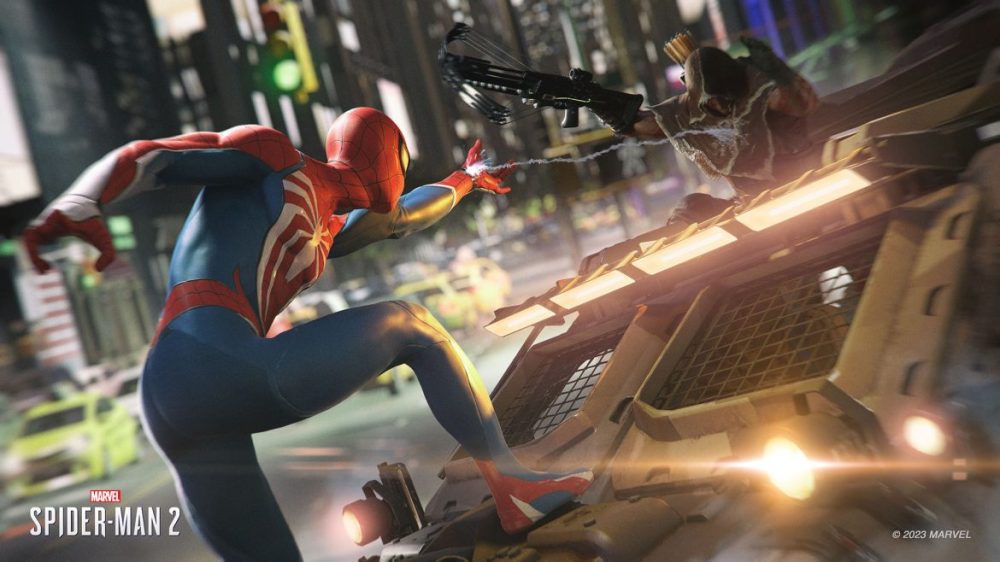
The Story:
As with the Fort Solis review, the actors’ names have been included in parentheses following the character descriptions. This is because Marvel’s Spider-Man 2 is not only the best Spider-Man game, but also arguably the best Spider-Man movie ever produced.
Ratchet & Clank studio Insomniac Games has succeeded where many directors and screenwriters have failed: they have captured the essence of what it means to be Spider-Man. The game achieves a perfect balance between the fantastical and the mundane, resulting in complete immersion in the narrative. A prime example is a mission that seamlessly transitions from lighthearted fun at an amusement park with friends to intense combat.
Mary Jane Watson plays a more substantial role in this installment. As in the first game, she is a playable character, but her missions are now more complex, and she is equipped with weaponry. The game developers have also modified some of the origin stories of various characters, but these changes enhance the overall narrative. Specific details have been omitted to avoid spoilers.
One of the major criticisms of Sam Raimi’s film Spider-Man 3 was the handling of Venom and the excessive number of villains. Marvel’s Spider-Man 2 deftly manages this “problem,” giving each character adequate screen time, and weaving the various story threads together cohesively. The game’s extended playtime, significantly longer than that of the film, allows for a more thorough exploration of the characters and plot. While Venom is prominently featured in the trailers, his appearance is reserved for the latter half of the game.
The game also effectively balances the narratives of the two Spider-Men, ensuring neither is neglected. Their interactions feel natural and integral to the story.
The actors deliver exceptional performances, complemented by impressive animation. However, Parker’s redesigned face is a point of contention. The attempt to make Peter Parker resemble Tom Holland feels somewhat misguided and ultimately unsuccessful.
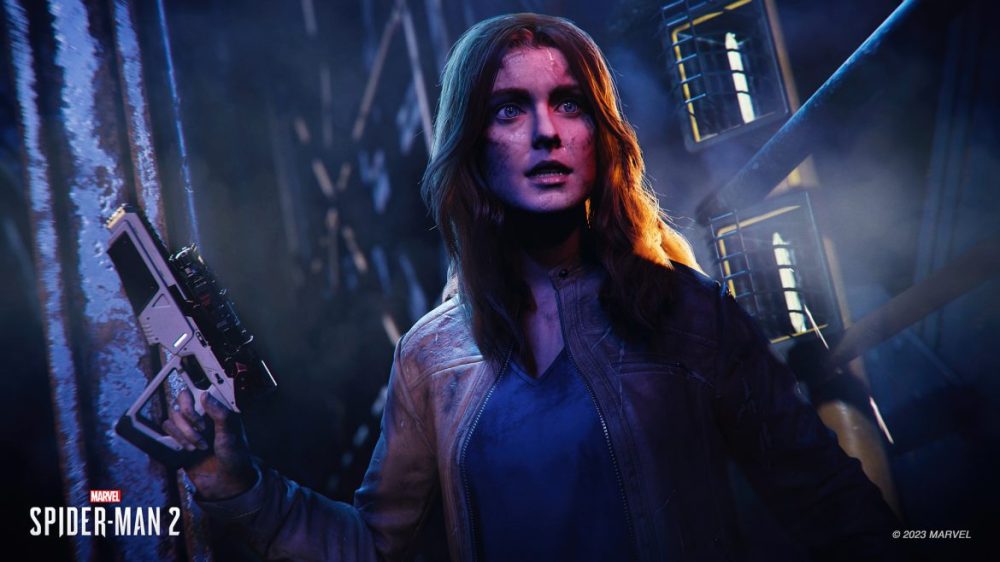
Marvel’s Spider-Man 2 is an exceptional game. In the interest of providing a balanced review, some minor issues that detracted slightly from the experience will be addressed.
The first, as previously stated, is the redesign of Parker’s face. Additionally, some NPCs appear somewhat stiff, particularly the hospital staff standing by stretchers with injured civilians. These characters lack animation, which is jarring given the otherwise high level of detail.
Another minor issue is that Spider-Man sometimes remains airborne for an unrealistic amount of time during combat. Furthermore, occasionally enemies become trapped within the environment, making them difficult to locate and defeat.
These issues occurred over the course of more than 20 hours of gameplay, and do not significantly impact the overall experience. The instances of characters getting stuck will likely be resolved in a future patch, and occurred only three times, and thus it does not present a substantial problem.
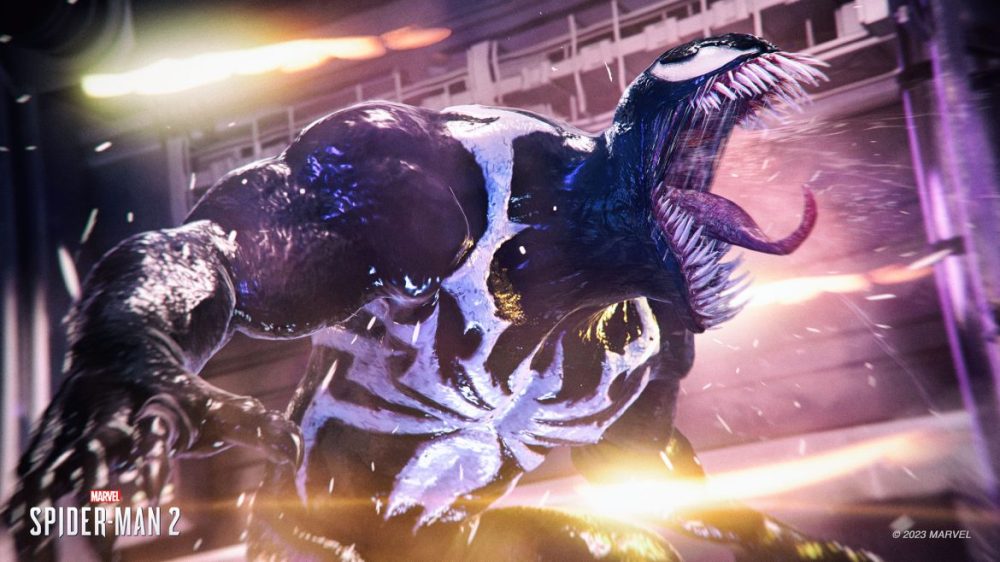
In conclusion, Marvel’s Spider-Man 2 earns a perfect score and is a must-have title. This, along with God of War: Ragnarök, makes this a magical year for the Playstation 5. This is one of the best games I have ever played, and the developers have clearly listened to feedback from fans, addressing the minor flaws of its predecessor. While it will be challenging to surpass this achievement, I eagerly anticipate future projects from Insomniac Games!
Insomniac Games provided a review code for this analysis. The providers of the materials do not influence our editorial evaluations.
